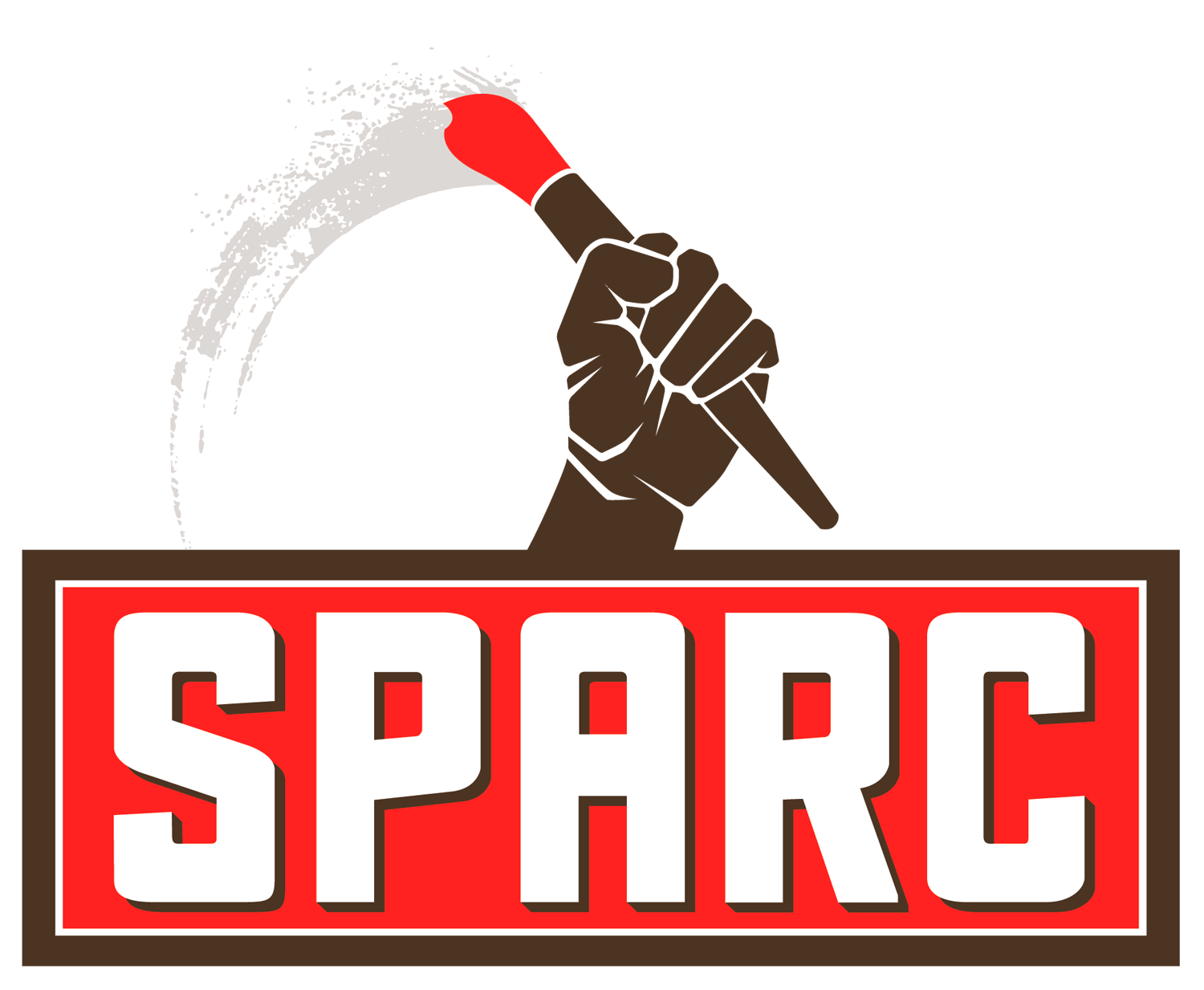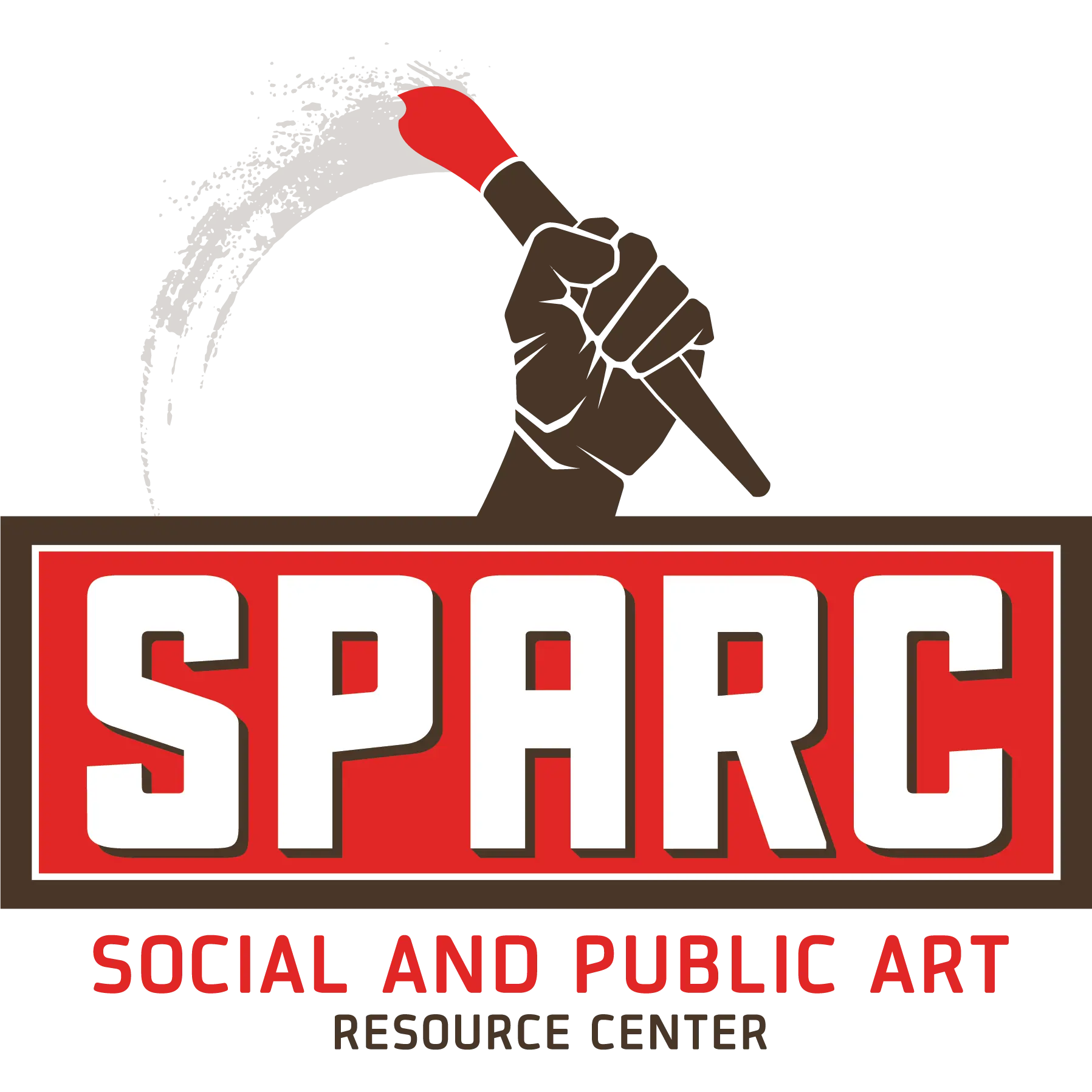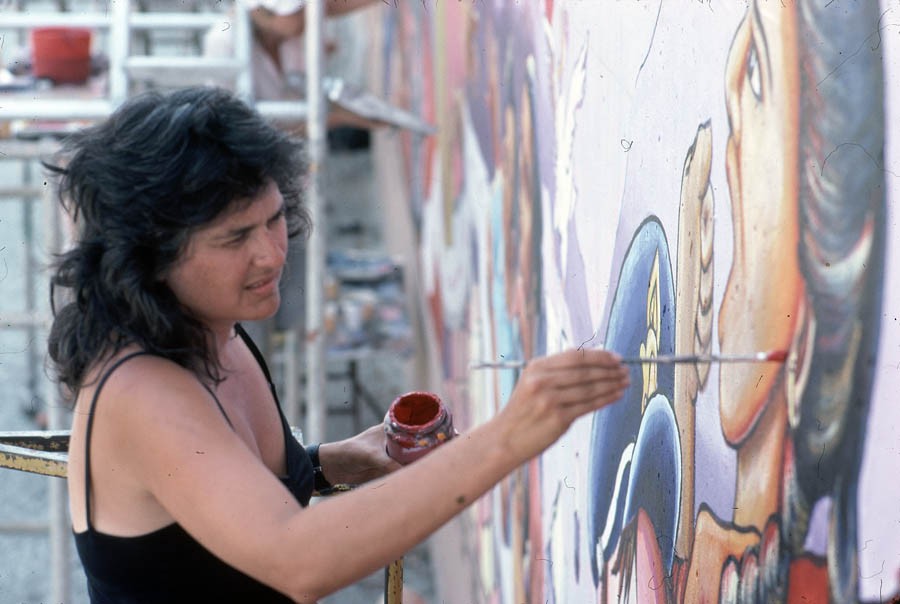[Forbes] Judy Baca Brings ‘The Great Wall Of Los Angeles’ Into The Los Angeles County Museum Of Art
Excerpt from the article by Chadd Scott on Forbes.com
Visitors to the Los Angeles County Museum of Art will see history in the making as Judy Baca and artists from the Social and Public Art Resource Center work on new panel sections for The Great Wall of Los Angeles mural inside the museum during public hours weekdays through June 2, 2024.
Focusing on the area’s Chicano and Latinx, Asian American, African American, Native American, Jewish, female, and working-class populations often omitted from populist retellings of L.A. history, The Great Wall of Los Angeles stretches over a half-mile in length–2,754-feet-long, 13.5-feet-high-in the Tujunga Flood Control Channel in the San Fernando Valley near North Hollywood. A big mural for a big story, chronologically portraying pre-history through the 1950s.
That’s where Baca (b. 1946; Los Angeles) and SPARC pick up at LACMA. The new paintings span the 1960s with the first panel depicting moments of the Chicano Movement including the Farmworkers’ Movement and the East L.A. Student Walkouts, and the second panel featuring vignettes of the Watts Rebellion, Watts Renaissance, and community organizing by the Black Panthers. LACMA also debuts Generation on Fire, a new section of the wall memorializing activists known as the Freedom Riders.
After painting is completed at LACMA, the panels will be added to The Great Wall, an epic Baca worked on over five summers (1976-83) in collaboration with 400 youth, artists, and community members.
Museum officials were initially interested in staging a standard exhibition for Baca. She was focused on expanding the Wall. It was her idea to marry the wishes with a focus not only on the finished product, but the work required to achieve it.
“It’s a mystery to people, the complexity and the amazing amount of work that goes into the creation of a narrative mural,” Baca told Forbes.com. “It’ll be fun. People will be able to walk in, they’ll be able to talk to the muralists. They’ll be able to see the process in which we work from.”
That process in its early stages includes maquettes transferred onto the panels. Visitors will see these initial line drawings outlining the images to be subsequently painted.
“The first thing we’ll be doing is a monochromatic treatment, one color, so that everything is gradiated–you can see where the darks will go, it’s shaded so that it becomes three dimensional,” Baca explains. “From there we do full color treatment according to colorations that have been done in advance. It’s very systematized, and it’s very studied, it isn’t a spray can piece. One of the reasons that people don’t understand this process is because there’s been an absence of training in murals in our universities and in art schools, and an absence of opportunities for people to be trained.”
[…]
Read the full article on forbes.com


